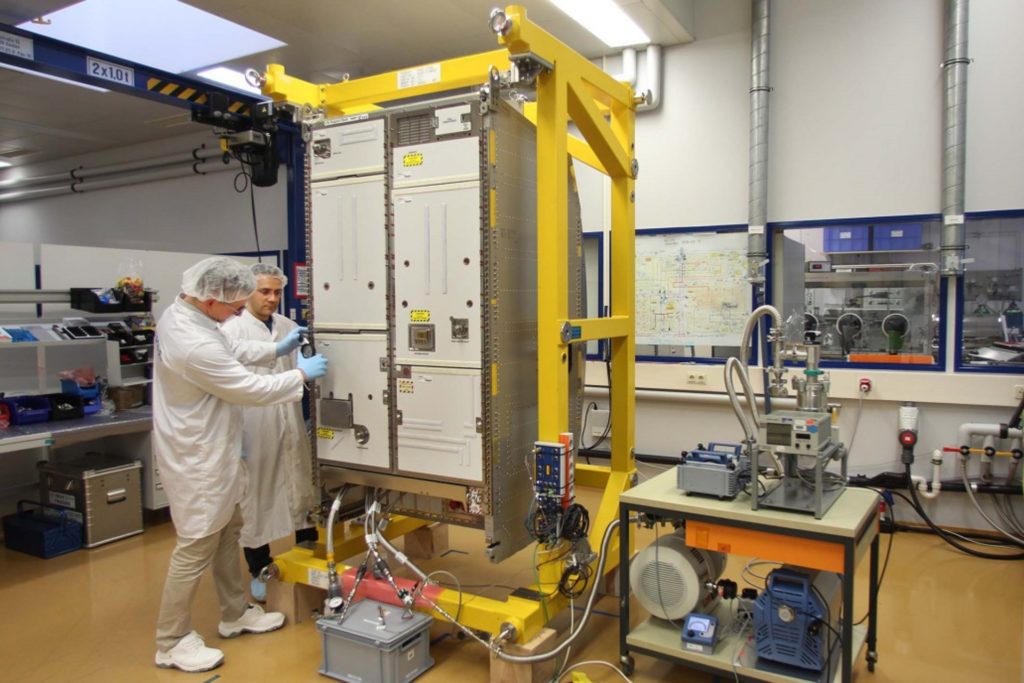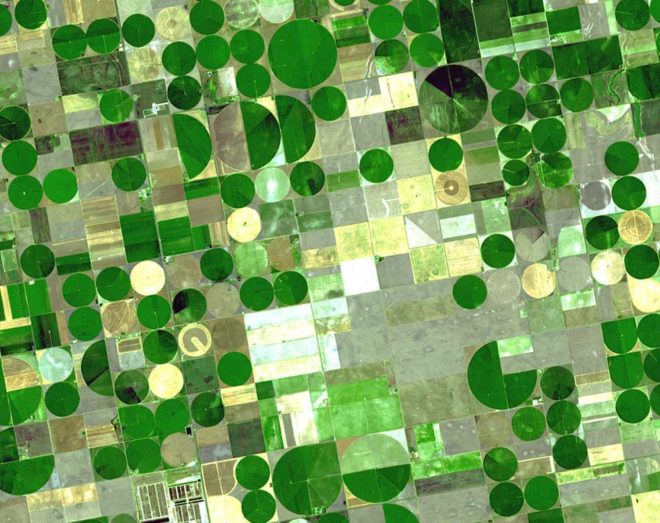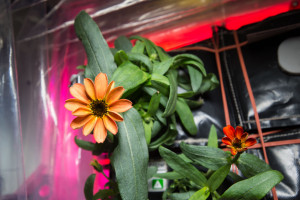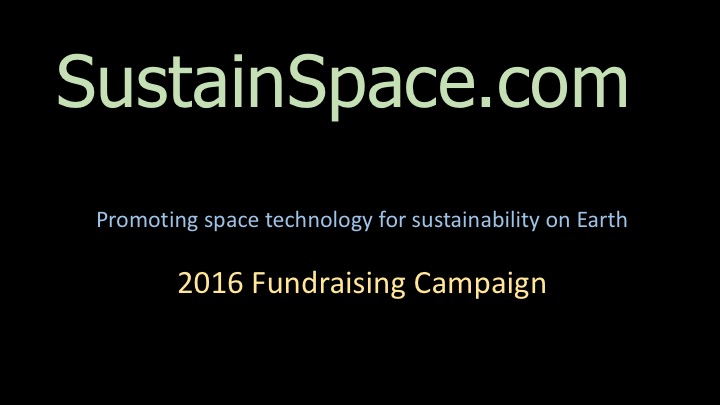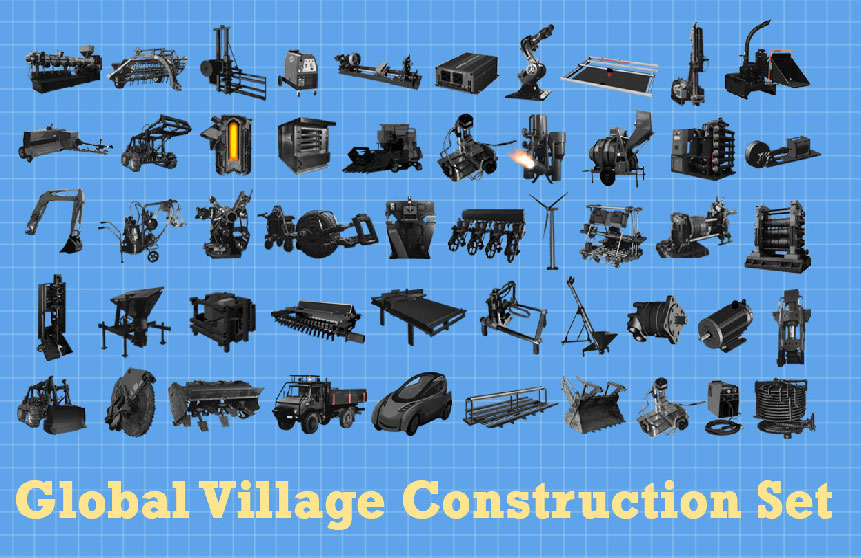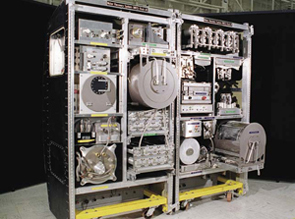The Advanced Closed Loop System (ACLS) is an advanced life support system that has been developed by Airbus for the European Space Agency (ESA) to be used as a technology demonstrator on the ISS, in the Destiny module, from summer 2018. The ACLS will be installed in the HTV-7 space transporter at the Tanegashima Space Center in Japan and is due to be transported to the ISS in August 2018. It is set to be operated for a period of one year.
Author Archives: Mark Ciotola
Orbital Genomics concept
Problem
Plants provide food, breathable air and psychological benefits. With plans materializing for a Deep Space Gateway, Lunar Village and the Mars community, there may be a lot more people living in the lower Earth orbit and microgravity environments, besides on the International Space Station. However, food production in space is still in its nascent stage. Existing prepackaged astronaut food is not a healthy option for long haul space missions. There is no way to regularly transport fresh fruit and vegetables. It is becoming increasingly evident that we must be able to successfully grow food in space.
Plant experiments done on ISS have presented various challenges, such as, years of preparation, little iteration and fewer conclusive results. Furthermore, ISS is limited in its genetic analysis capabilities and there are limited astronaut hours for dedicated biological analysis. Hence, for at least the next decade or more, most analysis of plants and seeds grown in space must be accomplished on Earth, which is not feasible.
Solution
Agile approaches by Orbital Genomics aims to adapt, develop and finally grow crops in space to solve the food production challenge in lower Earth orbit and planetary bodies of interest. Additionally benefit agriculture on Earth.
SustainSat brings satellite approaches to Earth
SustainSat is a platform that can be used as either a prototype for CubeSats or as an Earth-based sensor and data-logging platform. It is intended as a low-cost, barebones way to learn about the general categories of technologies used in cubesats as well as to use those technologies for sustainability purposes on Earth.
First Flowers Grown on International Space Station
Commander Scott Kelly (Expedition 46) shared photographs of a blooming zinnia flower in the Veggie plant growth system aboard the International Space Station (16 January 2016). “Yes, there are other life forms in space! #SpaceFlower #YearInSpace”, Kelly wrote.
This flowering crop experiment began on Nov. 16, 2015, when NASA astronaut Kjell Lindgren activated the Veggie system and its rooting “pillows” containing zinnia seeds. The Veggie provides lighting and nutrient delivery, but utilizes the cabin environment for temperaturecontrol and as a source of carbon dioxide to promote growth, according to NASA.
SustainSpace 2016 Fundraising Campaign
SustainSpace has kicked off its 2016 Fundraising Campaign. This campaign will provide funding to new writers and seed grants to students and others who are working on related products. Help SustainSpace continue the mission to promote sustainability and space. Donate here today!
Call for a Open Source Life Support Toolset
Open Source Ecology’s Global Village Construction Set provides a “modular, DIY, low-cost, high-performance platform that allows for the easy fabrication of the 50 different Industrial Machines that it takes to build a small, sustainable civilization with modern comforts.” An important point about machine tools is that they are a sort of ecosystem, where the various tools are used in combination to build each other. For example, a lathe can be used to make many of the components required for a milling machine, and vice versa. This construction set is also open source.
NASA Targets Reduced Water Usage for Long Duration Missions
Water is essential for human survival on Earth and in space. A typical person requires between 3.5 to 15 liters per day. Yet launching large quantities of water up to the International Space Station (ISS) is terribly expensive, and would be a major impediment to future space settlement. So NASA has made water recycling a vital part of closing the life support “loop”. Meanwhile, water is often in short supply even on the Earth, especially in a clean, drinkable form.

